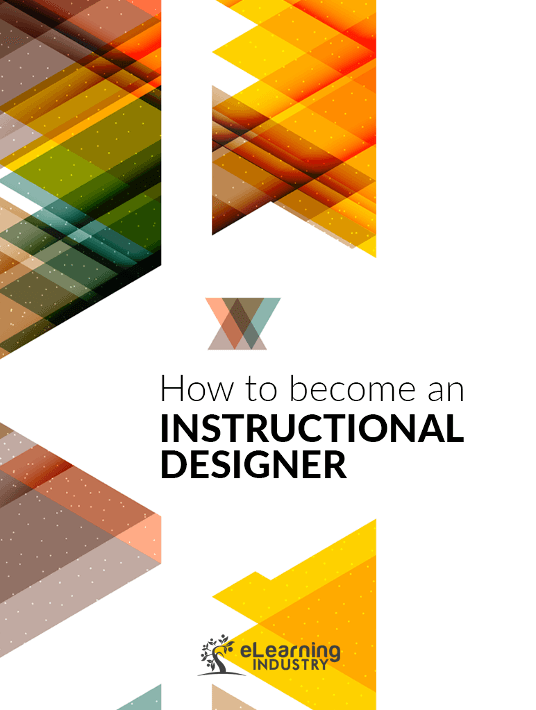We use LinkedIn to ensure that our users are real professionals who contribute and share reliable content.
When you sign in with LinkedIn, you are granting elearningindustry.com access to your LinkedIn account, which is used to authenticate you without you having to enter a different user name and password. We also use this access to retrieve the following information:
- Your full name.
- Your primary email address.
You can revoke this access at any time through your LinkedIn account.



